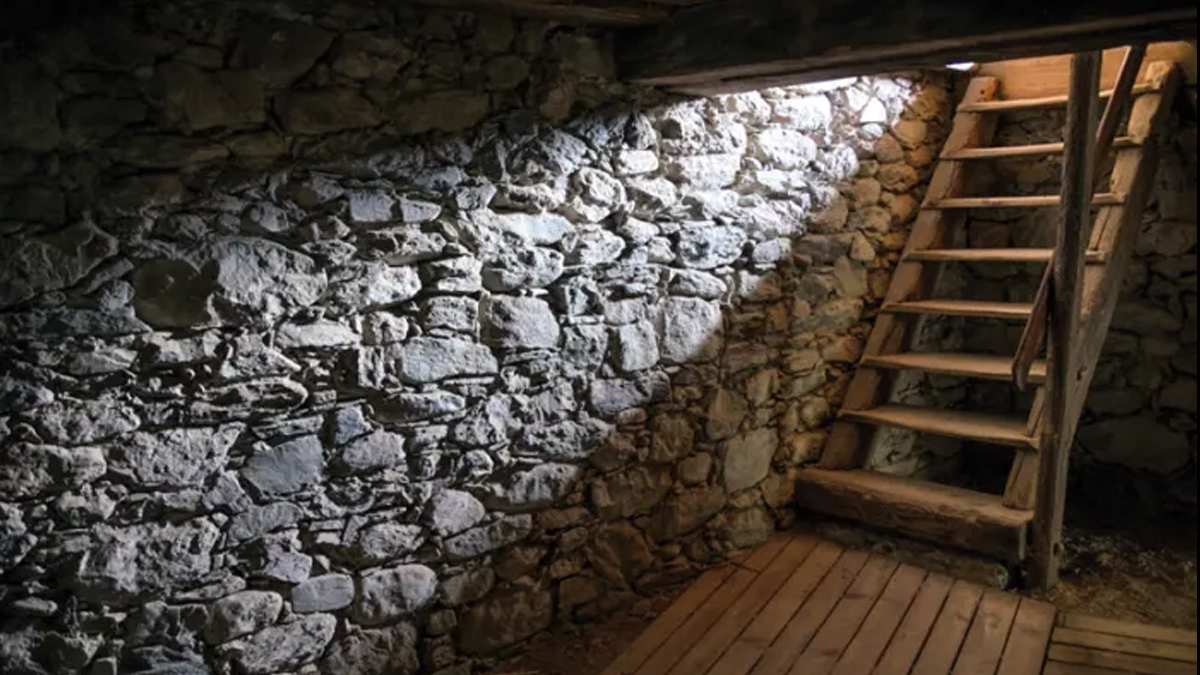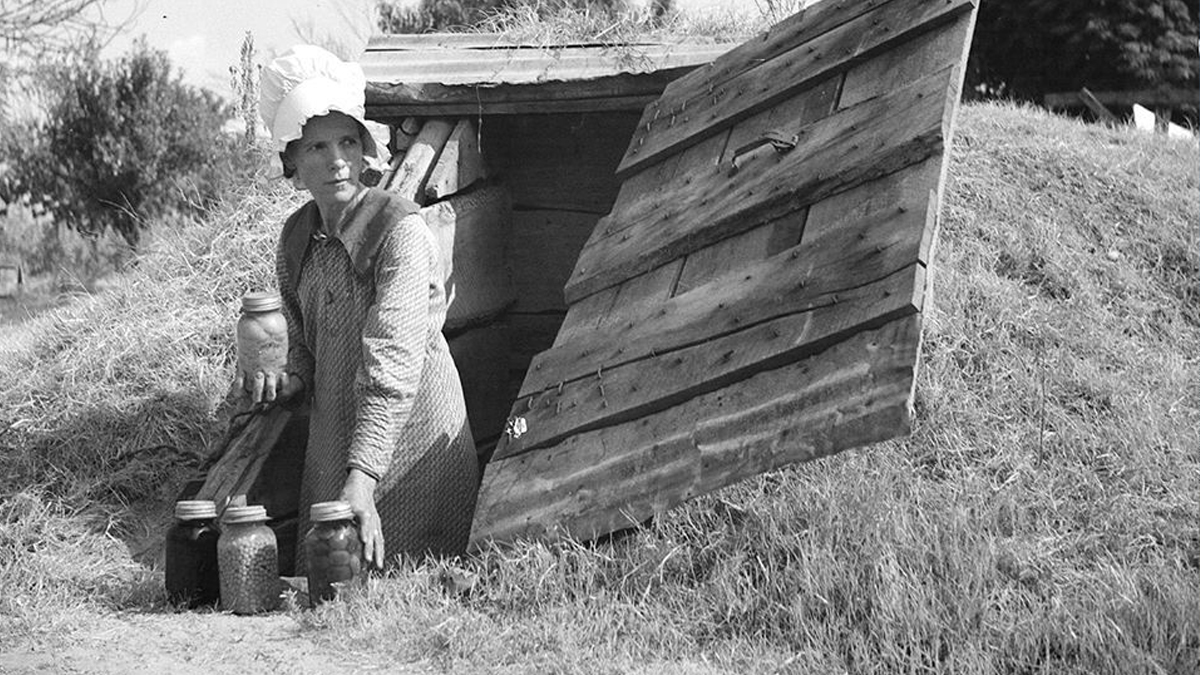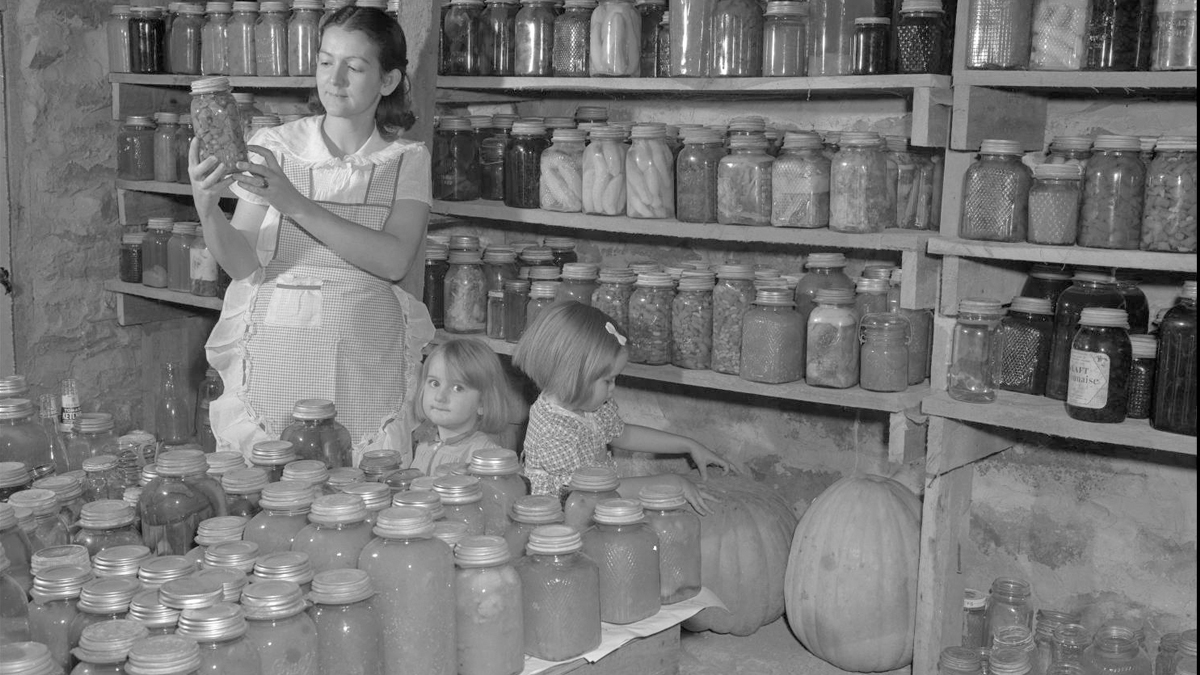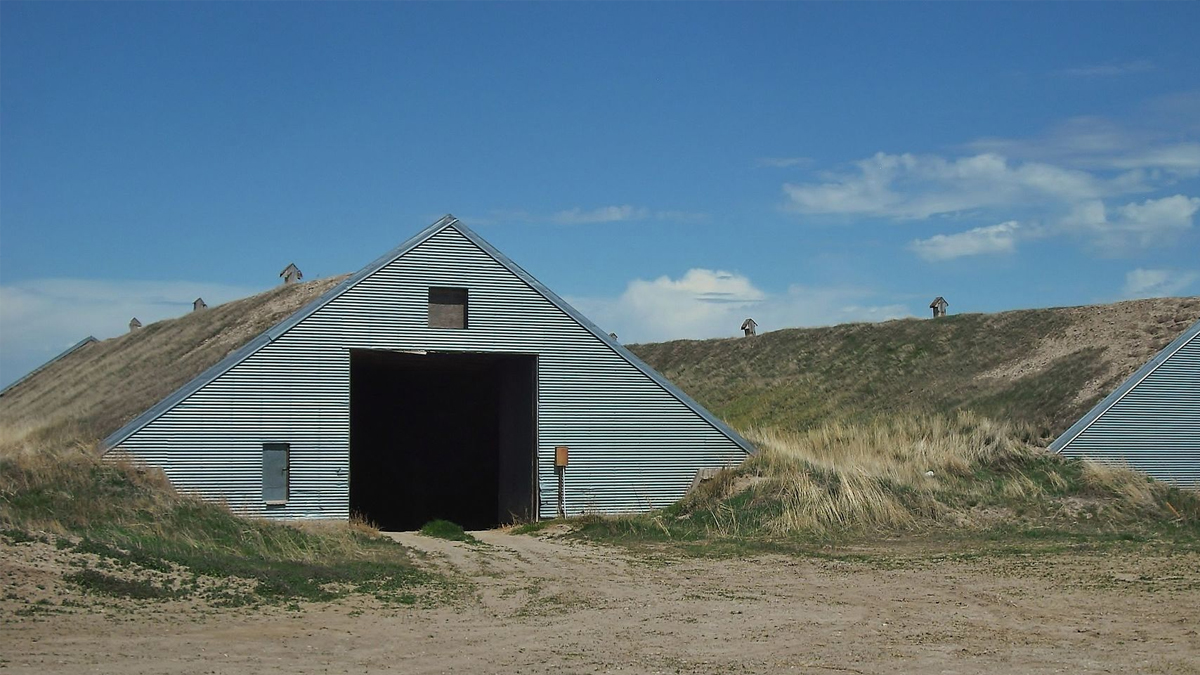on
A root cellar is any storage space that uses the natural cooling, humidifying and insulating properties of the earth to preserve foods.
For your root cellar to work, it needs to maintain temperatures between 32 and 40 degrees Fahrenheit and a humidity of between 85 to 95 percent.
The reason you need both is that the temperature stops the growth of microorganisms and slows the release of ethylene gas, both of which work to decompose food faster.
The humidity stops your cold storage roots, tubers and vegetables from drying out and looking wilted.
Types of root cellars

Basement Root Cellar
Today, root cellars are often attached to houses for easy access, though it can take some effort to create a cold basement corner.
- The best method is to use the foundation walls on the northeast corner as two sides of your root cellar.
- Build the other two walls in the basement with stud and board.
- Insulate the interior walls, ceiling, and door (and any pipes or ducts) to keep the heat out.
- Ensure there is a ventilation system that allows cool, fresh air from the outside to be brought into the root cellar and stale air to be exhausted out. This helps to prevent mold and mildew.
Only use this method if you can do so without undermining your house’s foundation, as that is a VERY expensive “oops’ to repair.

Hole-in-the-Ground Cellar
Another option outside the house is to dig down into the ground or horizontally into a hillside.
- This option requires good drainage; sandier soil works better. An elevated slope helps because the water will run away from your pit as it moves downward.
- If your winter temperatures drop below 25°F (-4°C), dig your pit deep enough so that all the crops are under the soil’s surface.
- As you dig your hole in the ground, flare the sides so that it does not cave in.
- Line the hole with straw and dried leaves, cover the hole with a thick wooden lid, and cover the lid with soil.
Hillside root cellars work really well. You dig your cellar into the side of a hill and slope the inside floor down toward the opening for drainage. Yes, you can put in drain pipes and if you’d like to go that route, you should. You’ll end up with a dryer root cellar for sure. That being said, our forefathers didn’t have PVC and drain field pipes.
If you’re going with a pit-style, then dig a square pit and then slope one end down to its floor, so you can lay in your steps over the top of that slope.
This is the method that we favor, as it provides the best drainage and ventilation, and doesn’t risk the foundation of your house.
The Garbage Can
During winter, using a metal garbage can or barrel in your hole-in-the ground cellar helps keep water out.
- Dig a hole slightly larger than the diameter of the garbage can and deep enough so that the can’s lid will sit 4 inches above the soil level.
- Heap earth around the circumference, add straw inside the can with the crops, and cover the lid with straw or mulch and a sheet of plastic to keep everything dry.
- Root vegetables will store well, even in the coldest weather.
This is not a method that we recommend, as the garbage can can’t breathe. Your root cellar needs ventilation in order to get rid of ethylene gas. But we included information here because this is a common recommendation.
Keeping things cool
- In order to reach a nice stable temperature, you need to dig down at least 10 feet. In sandy, loamy soils you may need to go a little deeper than that to get the right temperature.
- Build your shelves and platforms out of wood, as it doesn’t conduct heat and cold nearly like metal does. This helps maintain steady temperatures.
- Don’t dig your root cellar near any big trees. You’ll have to chop the roots out while you dig, and they always grow back. Plus, if the tree falls over from wind or old age, it can rip your cellar up with it.
- To keep rot off your shelving and platforms, be sure to place them one to two inches away from the walls so they can stay dry.
- Packed earth floors work well and have been the standard flooring for hundreds of years. However, if you want to step it up just a bit, then pour a concrete floor. With such a floor, you won’t get dirt on your shoes to track back in the house. Plus, it keeps your wooden shelves and platforms off the ground so that they will last longer and not rot.
- Install an exhaust pipe so that you get air circulating and prevent the build-up of gases. Ventilation is critical to maintaining temperature and humidity, without which your food won’t preserve very well at all.
- Get a thermometer and a hygrometer to measure temperature and humidity, respectively. Maintaining the proper temperature and humidity levels are the pivotal points in constructing your root cellar.
- Follow all structural guidelines and best practices in your building process. Be sure to follow all applicable building and or construction codes. Also, ensure that you get any necessary permits before you begin.

Subscribe for FREE to Continue Reading
Subscribe for FREE to get access to all of our premium content and get an email when new content is added.
The purpose of this blog is to present preparedness ideas for those that are brand new to the idea of being prepared for various disasters. We will also provide information for experienced ‘preppers’.
Get access to premium content and more!





